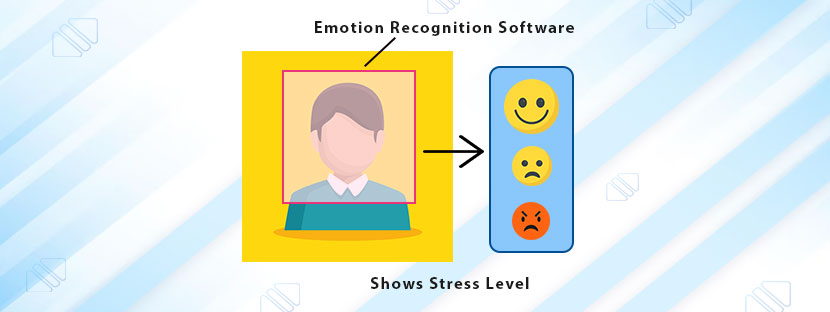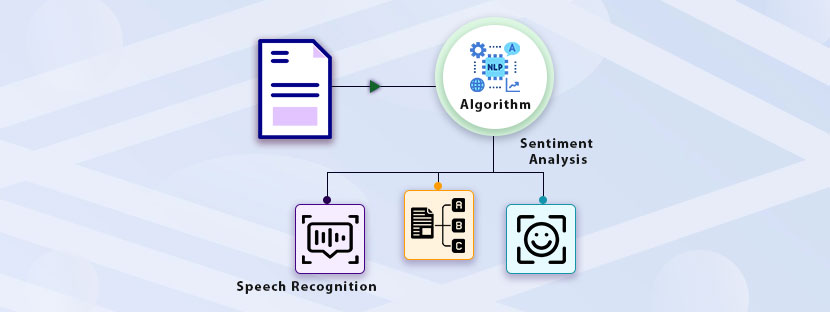In This Article
Get your images annotated in the right direction. Following this guide is all that you need to do right now. That’s it!
Let’s start…
Define your Image Annotation Goals
Prepare a guide and figure out your goals. That’s the basic thing that you need to do before starting your image annotation journey.
Completing image annotation projects quickly is only possible when you have a clear goal. Meaning, what you want to get from the image annotation tasks that you have to jot down.
It can go like –
In 95% of cases, developing computer vision AI models is the sole purpose of image annotation. Note that, annotatinf images is a collective process; it has many attributes (elements or subprocesses).
But the most famous process (covering 80%) is image labeling. Here, images are labeled to create training datasets. ML models learn from these training datasets. Interestingly, putting higher-quality images and labels into the training data will give birth to a high-quality ML model.
Now, the big question. How do you get your images annotated?
Well, manual annotation is there where human annotators perform the image annotation work. On the other side, the automated system also exists to perform the same task without manual interventions. As far as the accuracy of the image annotation is concerned, manual annotation serves the best.
State the Types of Image Annotation You Need
At present, Artificial Intelligence (AI) is a booming sector and every industry is adopting it via software, techniques, or other measures. Image annotation as a process of AI integration is equally in demand too. Therefore, the requirement for image annotation for different fields, say industries, is huge.
Based on industry requirements, the types of annotation for images also change. Let’s understand this here.
Image Type
To begin with, check what type of image data can be annotated. Images or multi-frame images (videos) are labeled for ML training projects. These images are further distributed into two categories;
Annotation Type
Defining the types of image annotation is important as each type serves different purposes. For example, when there’s only one object in an image then semantic segmentation is useful. When there are multiple objects then bounding boxes would be useful.
In gist, annotation techniques change based on the type of annotation. There are four types of image annotation that exist to this date. These are;
Image Classification: Helps to categorize different object elements (namely vehicles, pedestrians, pets, buildings, trees, etc). It serves as the foundation of many computer vision tasks. Mainly, it focuses on the entire base, rather than focusing only on one object of an image.
Object Detection: Different from classification, this acts slightly more on the specific side. For example, it identifies different types of vehicles (like buses, small cars, vans, etc.), buildings (such as buildings 1 and 2), and so on.
Image Segmentation: It highlights more enhancing parts which include appearance, color, etc. to help ML models to differentiate more.
Object Tracking: Completely different from other types, this focuses on one object with its overall attributes. For example, tracking a car from video footage is possible here.
Ways to Perform Image Annotation

Not one but many! There are multiple ways to help you do image annotation. Depending upon the needs of the projects, techniques would go different. Find all these techniques also in image annotation software or tools. Let’s check what these are like.
Bounding Boxes
Experts draw boxes around an object to attribute object-specific details. This technique suits the best to annotate symmetrical-shaped objects. But not end here, another variation of bounding boxes, which is cuboids, is used to attribute the length, breadth, and depth of an object.
Landmarking
Landmarking is useful in detailing small intricacies of an object like facial expression, gestures, postures, and so on. You see the use of this feature every day when you use of smartphone. Well, Snapchat filters or Instagram filters are the perfect example of this technique where the filters perfectly capture all your facial expressions.
Polygons
What about the other shapes that are quite random? Well, polygons are there to annotate random and irregular shapes. Here, to annotate the object, the annotator places dots across the object’s dimension and draws lines manually around the object.
Lines
Different from the above techniques, lines allow machines to detect boundaries specifically. For example, lines are drawn alongside the roads so autonomous cars can detect the road. Plus, line annotation helps detect crossings, signals, and many other things.
How Image Annotation Works
Let’s now take a deep dive into the subject of image annotation to find out how it works actually. To start with, you need to have two things ready by your side; one: an image annotation tool, and second: plenty of trained data.
But wait, confirm these three important things first;
Once you get this information, you can initiate the annotation work. At this stage, you can go for outsourcing to hire professional image annotation services for the job.
Anyway, here’s the process to follow to annotate images;
Preparing the Raw Data
Whether you have images or videos, the first step starts with preparing your raw data. Low-quality duplicated data can affect you negatively, so delete them first, if you have them. Therefore, fix a source where you’ll get all the data. Be it public or your own database, or anything but decide it before.
Define Label Type
As discussed before, there are multiple sets of techniques we have, to annotate data. So, depending on your images, you need to define the type of label you going to apply to them. Choose bounding boxes, polygons, or other types based on your images.
Classification & Defining Class
One common thing observed in supervised deep-learning algorithms is having a fixed set of classes. Choosing different colors for different classes helps to identify one object’s attributes from different objects.
Annotate Using the Right Tools
Determine which tool you will use for the image annotation work. The industry has enough businesses offering these tools but you need to choose smartly. Choose a tool that can handle complex annotation work and provide quality outcomes.
Export It
Once the annotation work is done, it’s time to export the data. In most cases, you can export data from the tool you’re using in formats like XML, JSON, etc. Depending upon your data needs, you can export your annotated data. Even if you don’t get the desired format, there’s always an option for format conversion. You can do that too.
Where to Get Quality Images

The requirement for high-quality images is huge for image annotation. But the problem is they are not easy to obtain.
If the data is not available in the public domain then you must take another measure to find it. For example, going further like collecting data from raw sources.
Well, there is a multitude of possibilities to gain quality image data but here are the three such examples where you can obtain data from.
Open Datasets
Get images from open databases for image annotation work. Some large-scale databases like ImageNet, Places365, etc can provide you with the things that you need. However, these sources are mainly for academic purposes. If you need it for commercial uses then you have to research hard to find the best source.
Self Annotated Data
Create a self-annotated database with raw and processed data. It will act as an alternative to an open database. In this case, you can capture images using your camera or you can take out images from different open sources like Wikimedia or Unsplash.
Web Data Scraping
Scraping the web for images simply means running codes to search relevant images and continuously mining all resources. Although, it’s a complex process as you find most of the data in raw format. Even after finding the images, you need to go deeper inside the image to fix it, if anything is found mismatch.
Image Annotation Quality Validation
Each pixel of the selected images must be remained in its best quality. To make the AI model a success, it takes a significant amount of data to train, validate, and test a machine learning model to achieve the desired outcome. Hence, quality of the annotation must be validated simultaneously with a strong measure. Hiring quality annotation QC experts can help you to validate annotation work to the best.
Expectations from Image Annotation Tools
Are tools essential for annotating images?
Yes! Without a tool, which means manual interventions for image annotation, is just a waste of time and resources. But, you must keep some expectations from a tool that helps you annotate images.
Let’s discuss what should an image annotation tool provide here.
Before we discuss this, one thing you must know clearly is that the success of an annotation tool solely depends on human input. Definitely, tools can help but human interventions are the main here.
Thus, before investing in a high-quality tool you must check the expertise level and skill set of your people. If not at par with the desired level, you need to upgrade the human resources with new talent, and later on, you can start the annotation work.
So, here are a few things you have to check in an image annotation tool. (questions you must ask yourself)
Apart from that, an intuitive interface and useful features can make the tool super efficient if it qualifies the above-mentioned three stages. When a tool features different annotation types, it becomes a playground for the annotators to test their limits. They can nail the annotation project with the use of this.
Highlight: We have listed out the top image annotation tools (Paid as well as open source), check them now!
Perform it in-house or delegate?
Handling image annotation projects is not only about monetary investment. What it actually needs is a superb skillset to perform the annotation work. Plus, image annotation is a labor-intensive task that you need proper planning before initiation. But now the question comes – will you perform it in-house or delegate? Let’s find the answer.
Typically, you have three options here, and each one has its pros and cons.
If outsourcing, AskDataEntry should be your first priority as it provides professional image annotation services for your needs. It has an excellent and skilled workforce to perform your annotation work within time.











